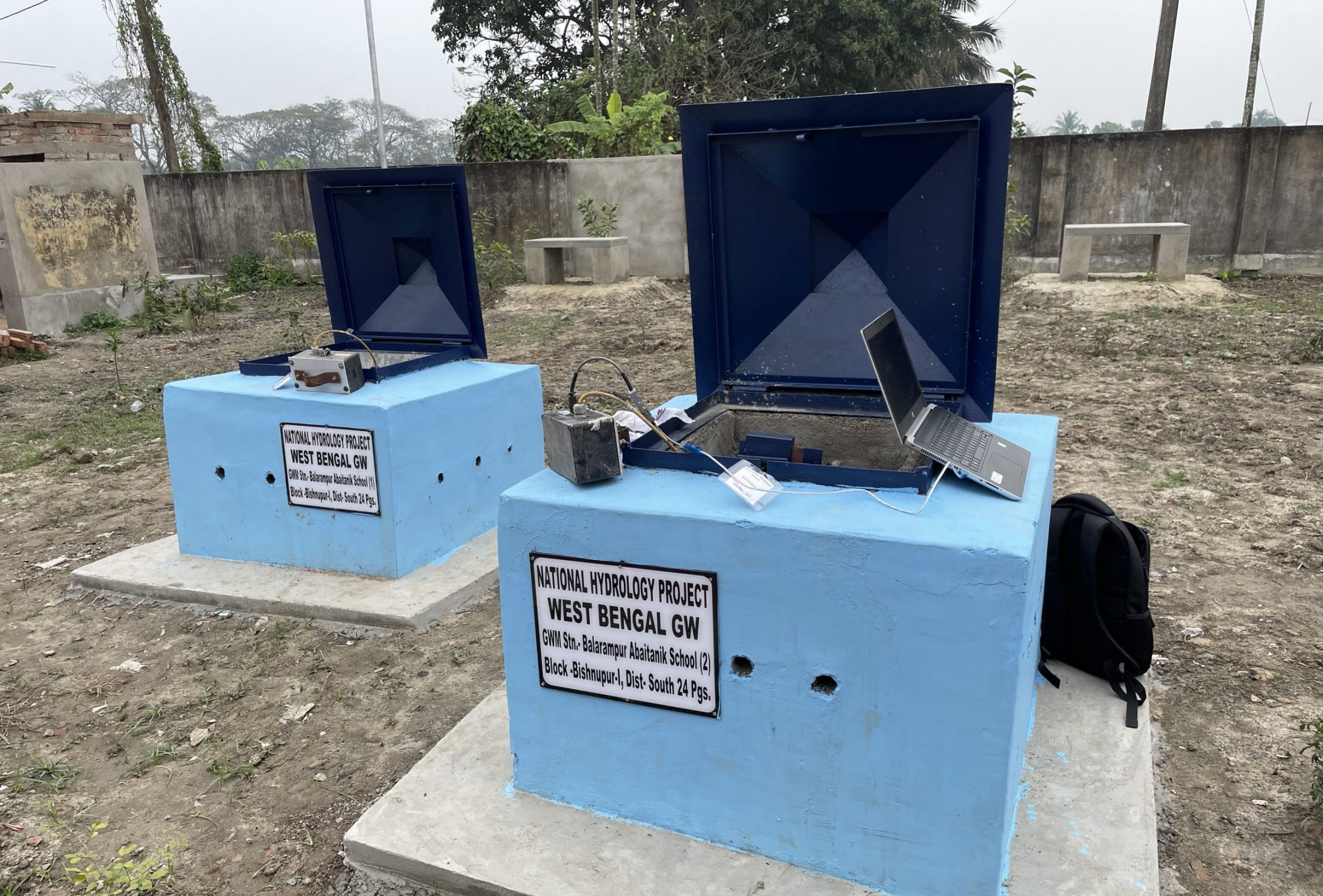A digital water level recorder is a device used to measure and record water levels in various bodies of water, such as rivers, lakes, and wells. It provides accurate and continuous data on water level fluctuations over time.
Here are some key features and components typically found in a digital water level recorder:
- Pressure Sensor: The recorder usually employs a pressure sensor or transducer that measures the water pressure at a specific depth. The sensor converts the pressure into an electrical signal that can be processed and recorded.
- Data Logger: The recorder incorporates a data logger, which is responsible for capturing and storing the water level data. The data logger may have built-in memory or use external storage mediums like SD cards or flash drives to store the recorded measurements.
- Clock and Timing Mechanism: To ensure accurate timestamps for each water level reading, a digital water level recorder typically includes a clock or timing mechanism. This enables precise tracking of when the measurements were taken.
- Power Source: The recorder requires a power source to operate. It can be powered by batteries, solar panels, or connected to a mains power supply, depending on the specific model and application requirements.
- Communication Interface: Many digital water level recorders feature a communication interface, such as USB, Ethernet, or wireless connectivity (e.g., Wi-Fi, cellular). This allows for data retrieval and configuration adjustments without physically accessing the device.
- Display and Controls: Some recorders include an onboard display and control panel, providing a user-friendly interface to view real-time data, configure settings, and initiate manual operations if necessary.
- Protective Casing: Since water level recorders are often deployed in outdoor environments or submerged in water, they are typically housed in robust and waterproof casings to protect the internal components from water damage.
- Software and Compatibility: Manufacturers often provide software tools for data analysis, visualization, and management. These programs enable users to analyze recorded water level data and generate reports. Additionally, digital water level recorders may be compatible with existing hydrological monitoring systems and software platforms.
